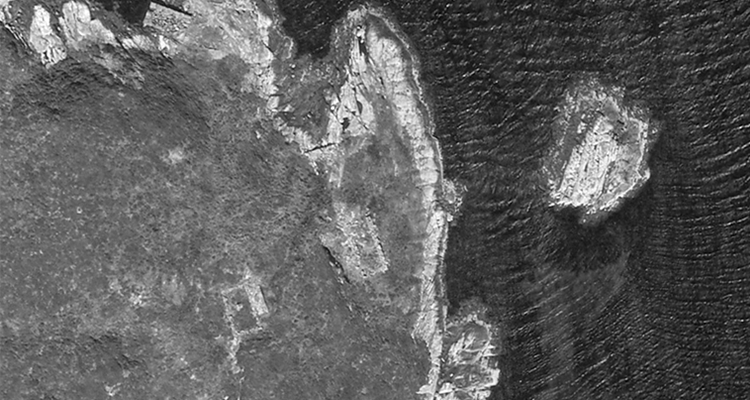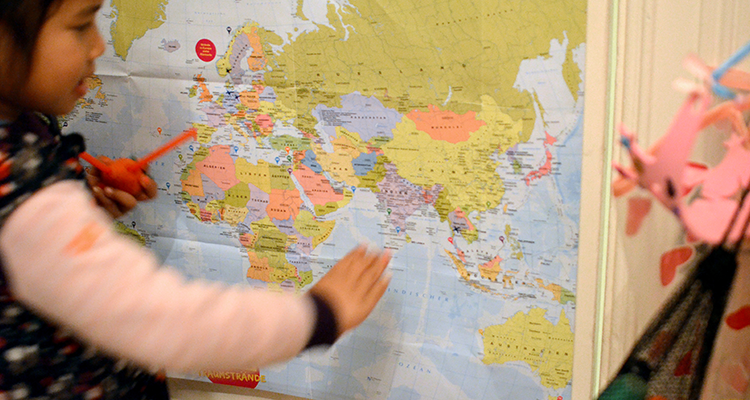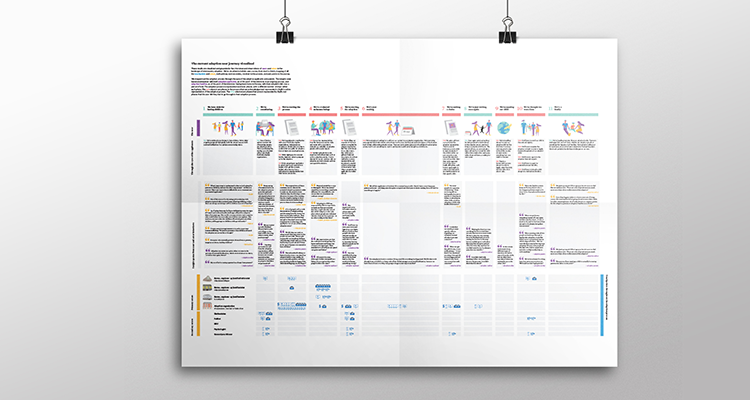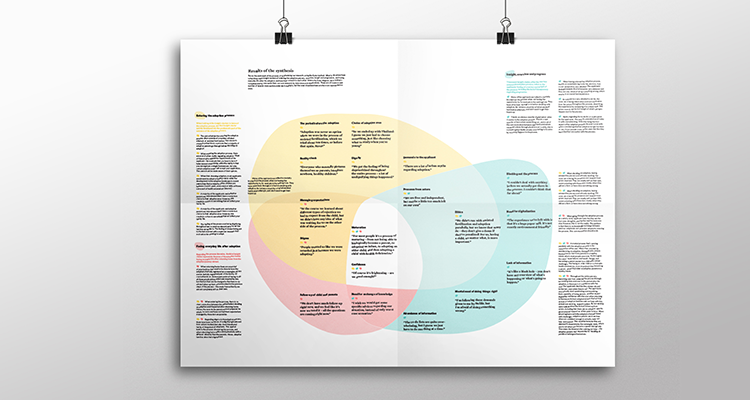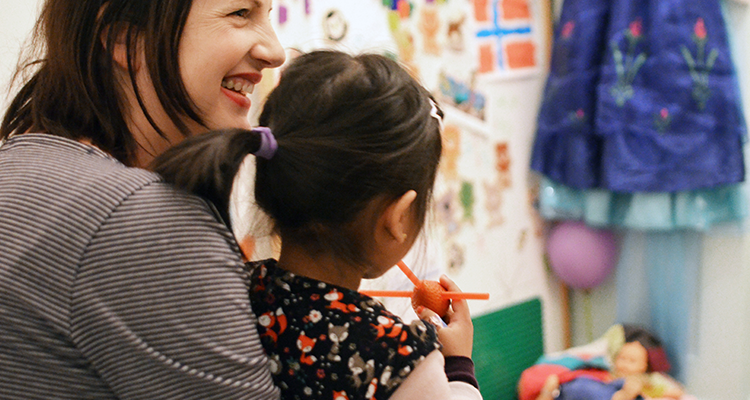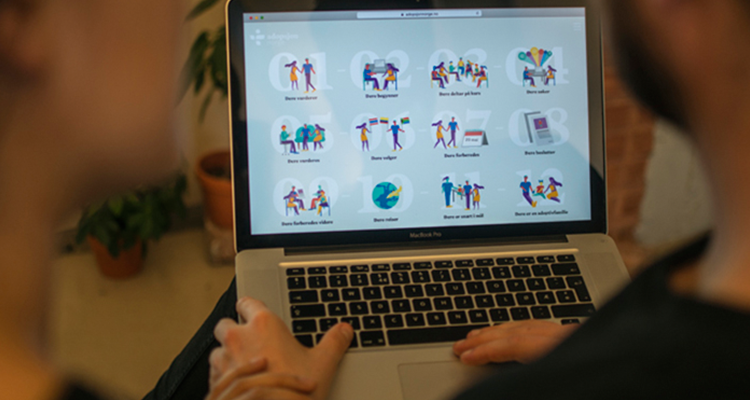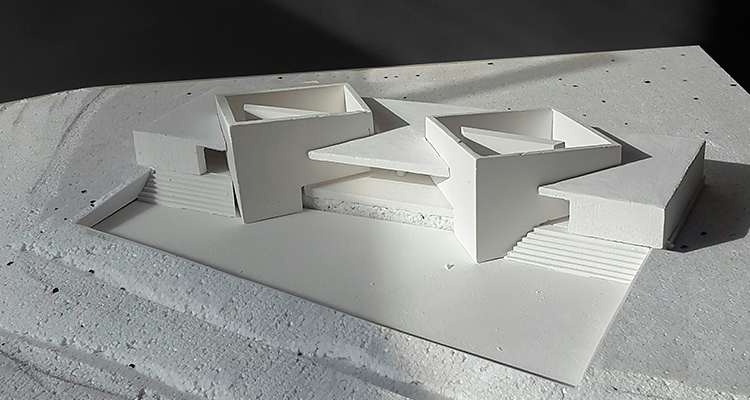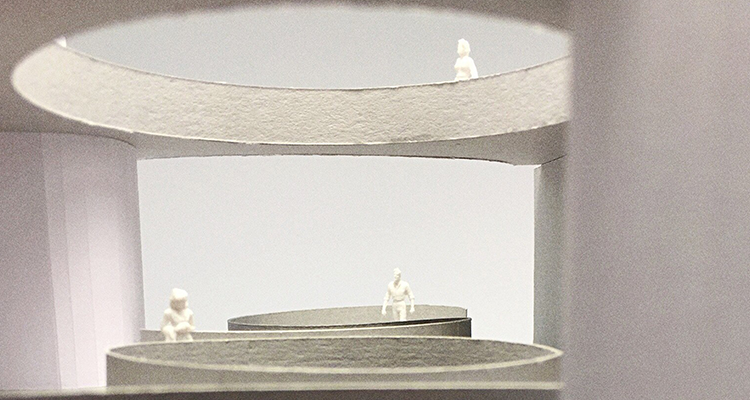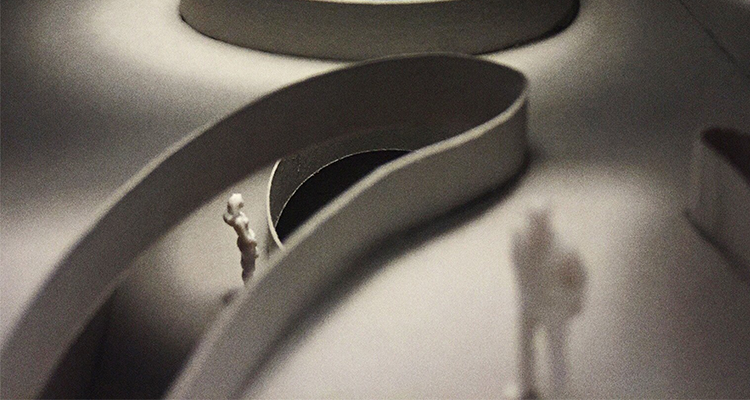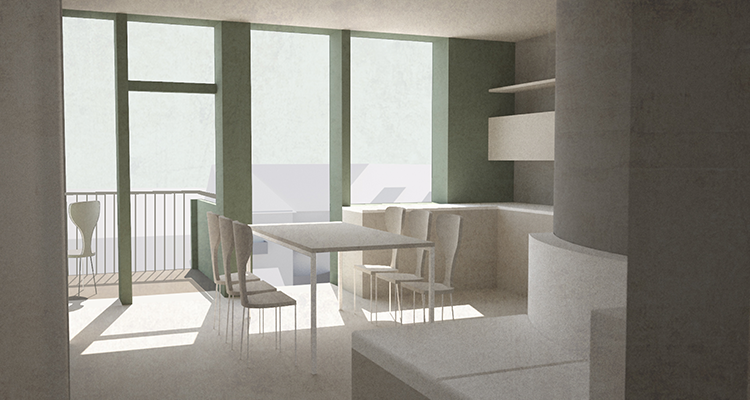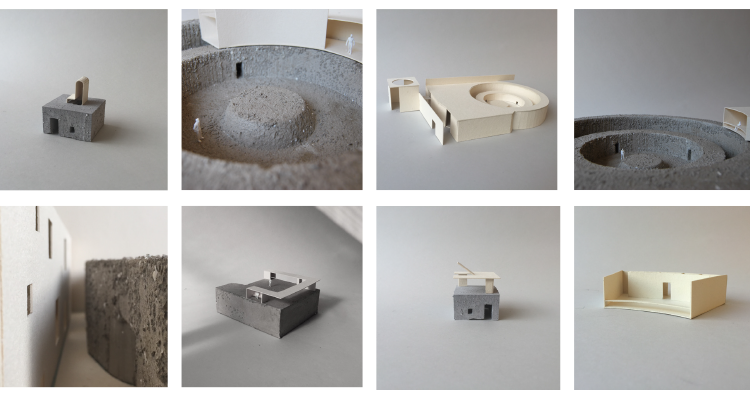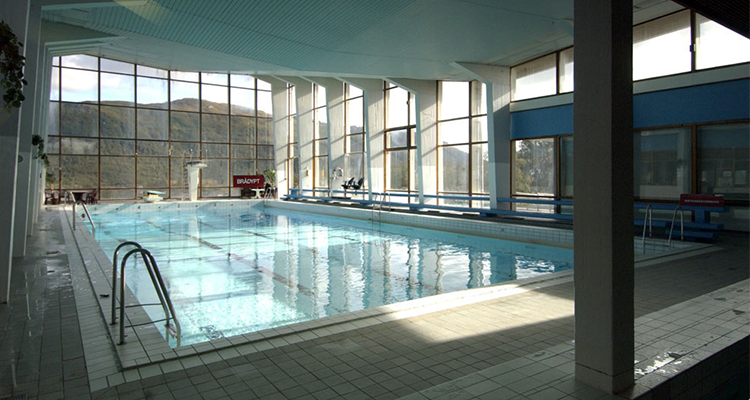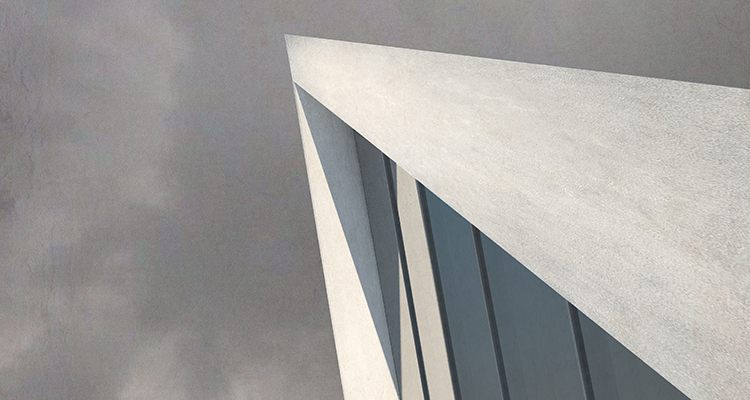Diplomprosjekt
The aim of the project is to explore how a new program on the site can offer new experiences by, on and in the water.
A path in the black sand, guides visitors from a service center in an old riverbed, down to the lagoon. On one hand lies the dock, with access to boat tours – experiencing sailing between the huge icebergs. On the other hand the bath – inviting to a more intimate meeting with the elements.
The context of Herslebs gate 31 at Tøyen, Oslo, is an urban infill within a neighborhood undergoing gentrification, struggling with a high turnover of residents.
The thesis is an example of how a strategy of specific qualities and capacities can generate architecture that facilitates a good neighborhood.
In 1942 Adolf Hitler commanded Batterie Dietl built on Engeløya in Steigen municipality as a part of the defence line’s “West Wall”. With a maximum gun range of 56 km it is one of the 2nd World War’s largest coastal fortifications in Europe. The fort guarded the entrance of the Vestfjord and the shipping traffic to Narvik, where iron ore from Sweden was retrieved and brought to Germany’s arms factories.
The buildingís future is uncertain due to a new water park scheduled for construction in the near future.
My idea for Alfheim's future is to transform this old and battered building into a cultural "open house" with rotating exhibition spaces, concert- and performance venues and a visitor center for tourist.
The exhibition greenhouse consists of two parts: the tropical rainforest and the arctic tundra biome. The visitors will experience the biodiversity of these zones, but also learn about the challenges they’re facing. In addition to the exhibition part, the building contains a climate conference center, educational facilities, a natural science library and new offices for The Natural History Museum.


